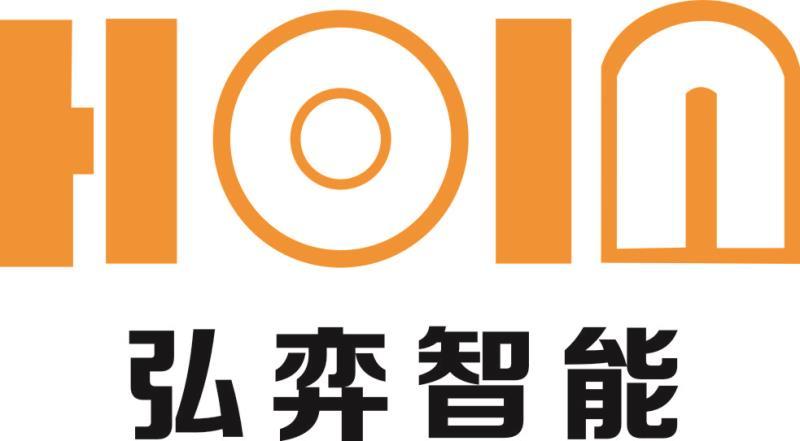13
2020
-
03
Servo motor: 6 key parameters for servo driver selection
A servo system is a feedback control system used to accurately follow or reproduce a process. A servo system is an automatic control system that allows the output controlled variables of an object's position, orientation, state, etc. to follow any changes in the input target (or given value). Its main task is to amplify, transform, and regulate the power according to the requirements of control commands, making the torque, speed, and position control output by the driving device very flexible and convenient.
The servo driver is a part of the servo system, used to control the servo motor. Its function is similar to that of a frequency converter acting on a regular AC motor, mainly used in high-precision positioning systems. Generally, servo motors are controlled through three methods: position, speed, and torque to achieve high-precision positioning of the transmission system. Currently, it is a high-end product in transmission technology.
Choosing a suitable servo driver requires considering various aspects, mainly based on the system requirements. Before selection, first analyze the following system requirements, such as size, power supply, power, control mode, etc., to determine the direction for selection. Let's take a look at various parameters of the servo driver.
1. Continuous current and peak current;
2. Power supply voltage and control part power supply voltage;
3. Supported motor types and feedback types;
4. Control mode and form of receiving commands;
5. Communication protocol
6. Digital IO
Based on this information, we can roughly select the servo driver that matches the motor. In addition, attention should also be paid to the working environment, temperature and humidity conditions, and whether the installation size is suitable.
Choosing a driver not only considers whether the driver matches the motor, but also considers control methods, etc. There are three control modes for servo drivers: position, speed, and torque modes. The torque mode and speed can be set through external analog input or communication commands, while the position mode determines the speed and length of motion through the frequency and number of pulses. In torque mode, the motor outputs a fixed torque and cannot control the position and speed. The position mode has strict control over speed and position, and is generally used for positioning devices. Suitable control methods can be selected based on the system requirements and the type of upper control.
Nowadays, servo drives are becoming increasingly intelligent, not only supporting various types of servo motors, but also compatible with various types of feedback. They can receive analog signals, PWM, pulse+direction, and software commands, and communication supports CANopen, Ethercat, and so on. Provide three loop control and reversing functions, such as intelligent one click tuning. It is very convenient to use and has high control accuracy, which greatly improves the performance of the system and saves a lot of time for developers.
相關新聞
The start and stop of the servo controller are controlled through the "switch" of Fuji PLC. The start or stop of the servo controller is to start and stop the servo motor, and the control accuracy of the servo controller is higher than that of the frequency converter
2020-03-13
Servo motor: 6 key parameters for servo driver selection
A servo system is a feedback control system used to accurately follow or reproduce a process. A servo system is an automatic control system that allows the output controlled variables of an object's position, orientation, state, etc. to follow any changes in the input target (or given value). Its main task is to follow the requirements of control commands
2020-03-13



